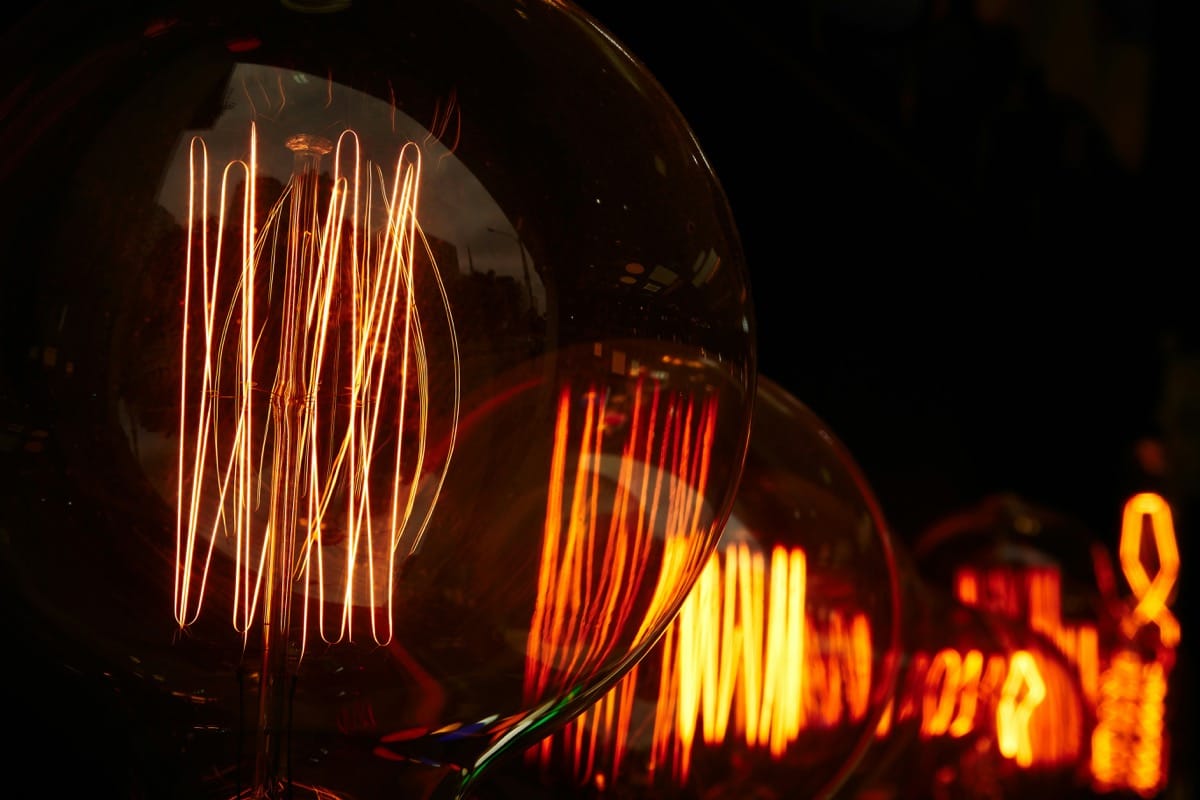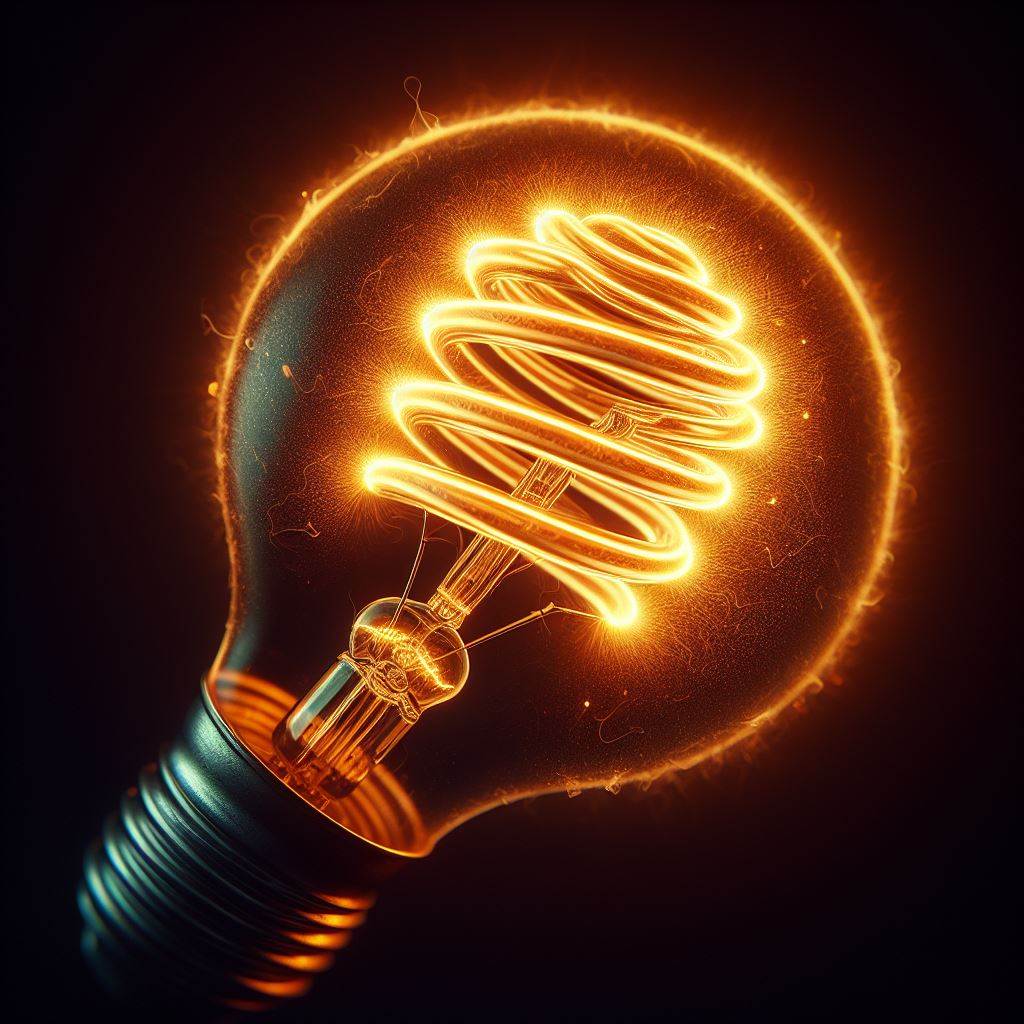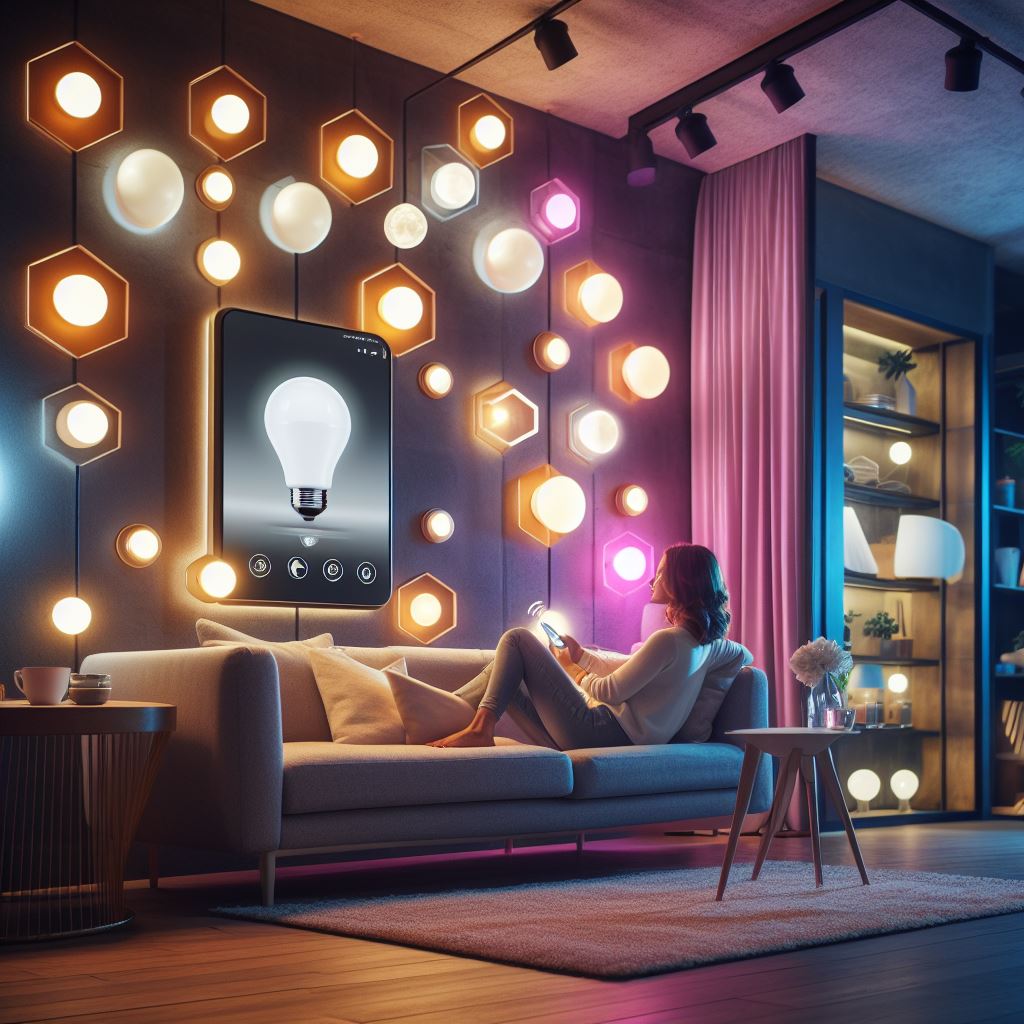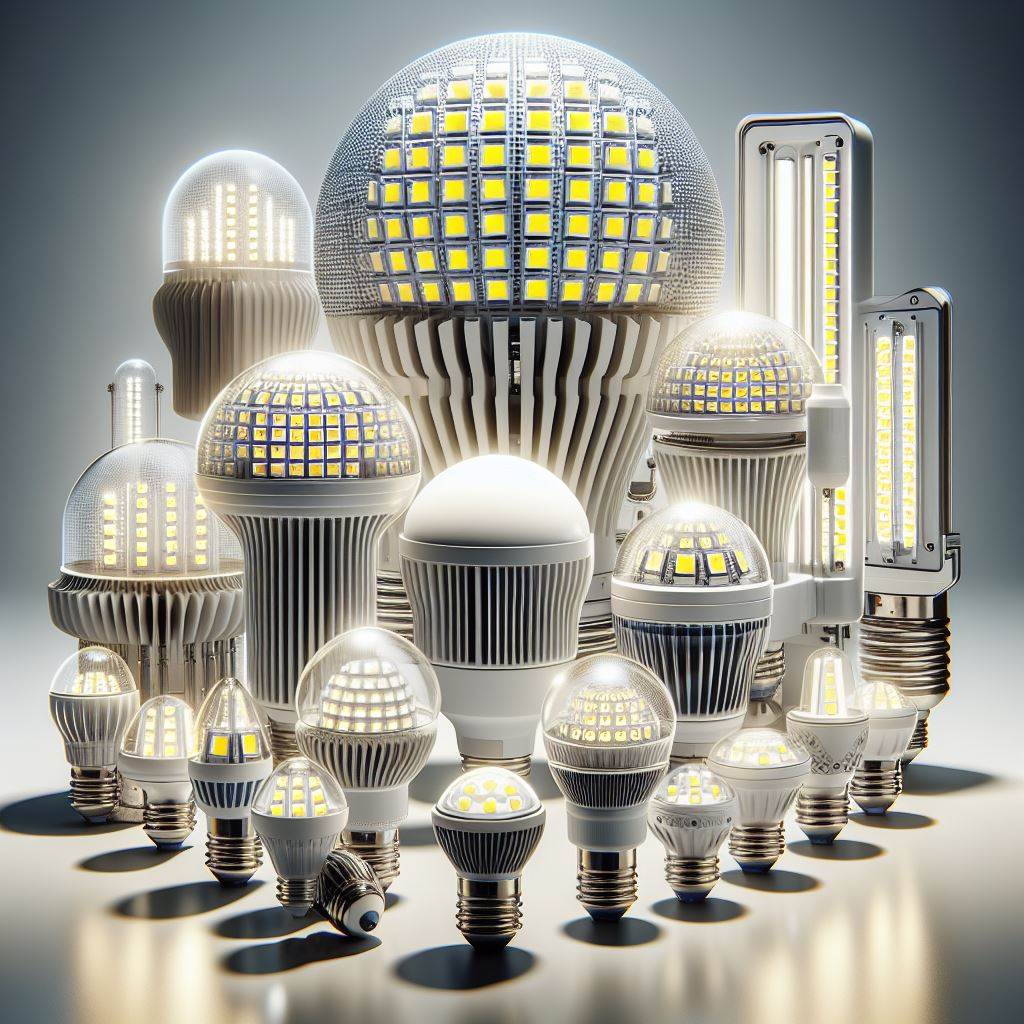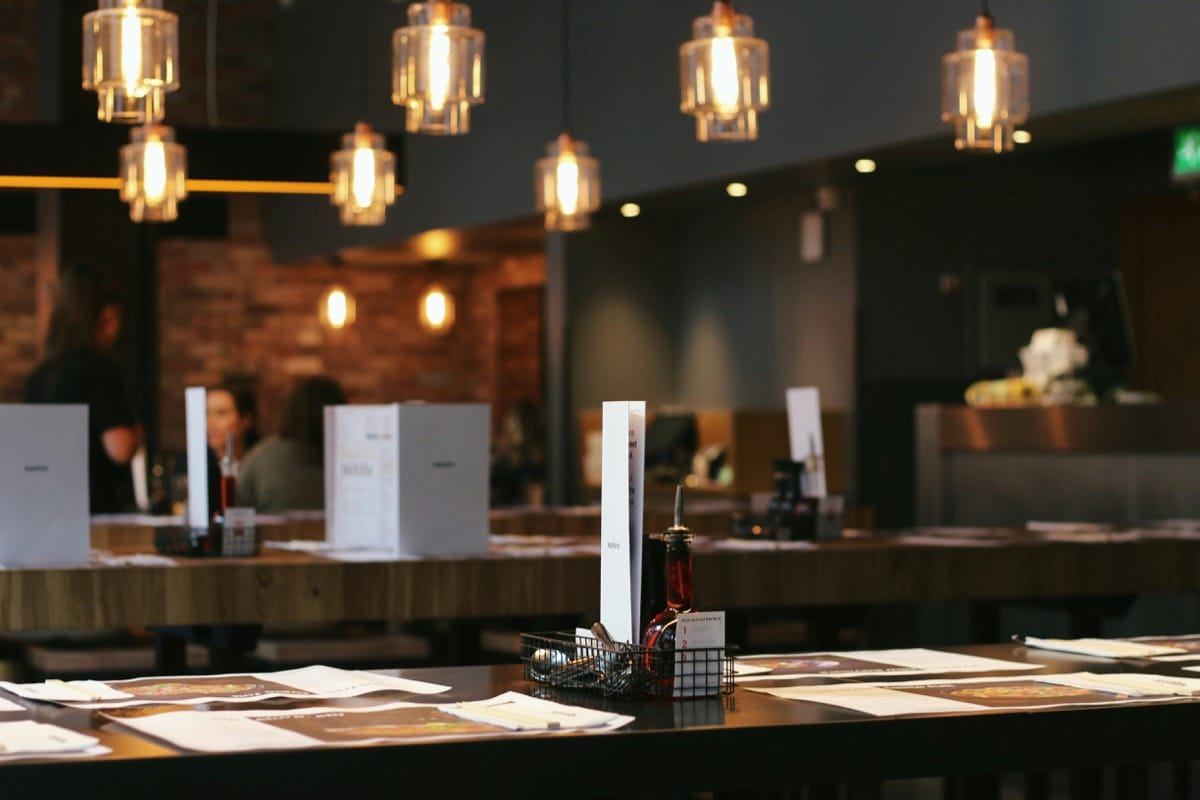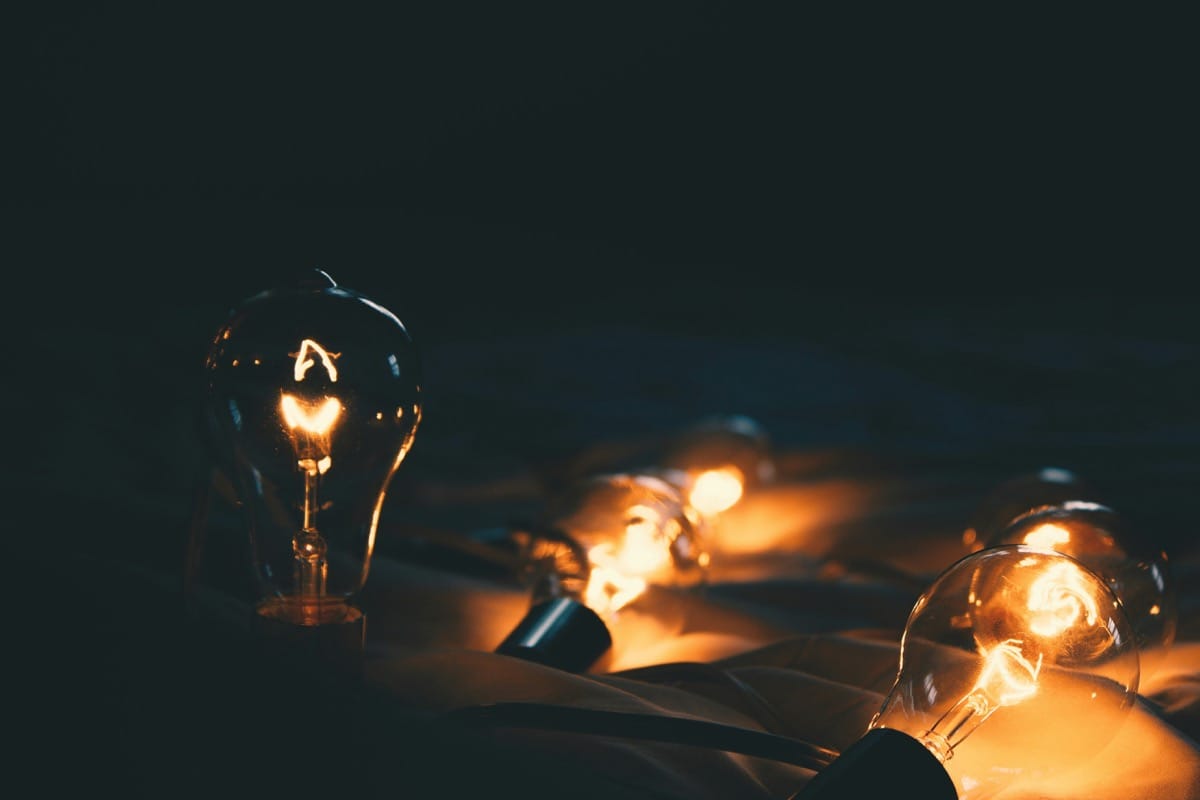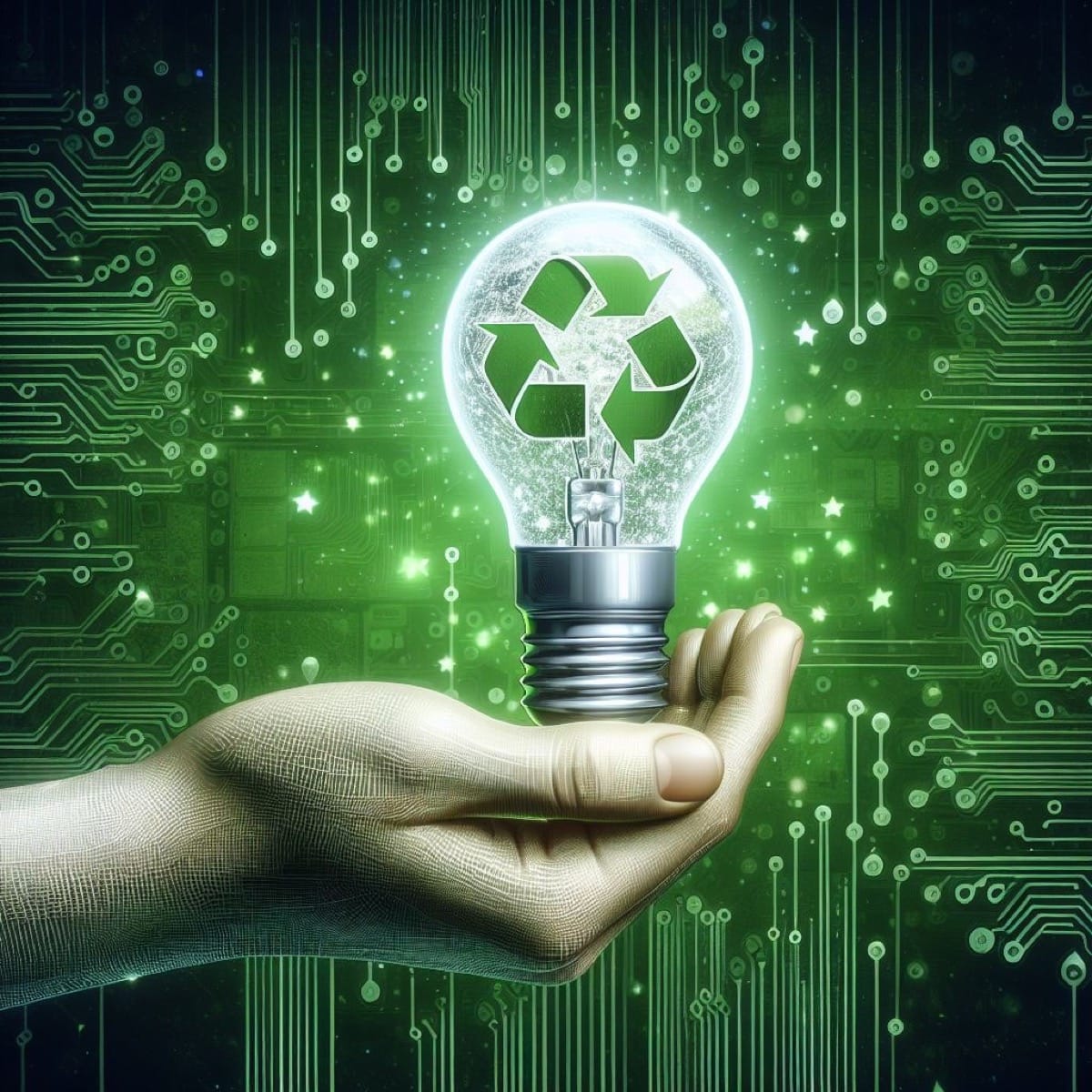LED light bulbs have revolutionized the way we illuminate our spaces with their energy efficiency and longevity. However, when these modern marvels flicker or fail, many assume replacement is the only solution. But fear not, for repairing LED light bulbs is not only possible but also a cost-effective and sustainable approach. As an expert in the field, I am excited to guide you through the process of reviving your LEDs in our comprehensive step-by-step guide. From troubleshooting common issues to executing the necessary repairs, this blog post will empower you to restore your LED light bulbs to their full luminous potential. Let’s dive into the world of LED light bulb repair and shed some light on illuminating solutions.
Repairing LED light bulbs can save you money and reduce waste while extending the lifespan of your lighting fixtures. Whether you are a DIY enthusiast or looking to enhance your repair skills, this guide will equip you with the knowledge and confidence to tackle LED light bulb issues with ease.
Understanding LED Light Bulbs
LED light bulbs have become a popular choice due to their energy efficiency and long lifespan. But, like any electronic device, they can encounter issues over time. Learning how to repair LED light bulbs can save you money and extend the life of your luminous gems. Let’s dive into this enlightening process together.
Common LED Light Bulb Problems
Before diving into repairs, it’s crucial to understand the most typical problems that LED light bulbs face, including flickering, dimming, or complete failure. This knowledge will guide you in diagnosing and fixing the issue effectively.
Gathering the Necessary Tools
To start your LED light bulb repair journey, gather some essential tools like a multimeter, soldering iron, wire cutters, and replacement components. Having these tools at hand will make the repair process smoother and more efficient.
Step 1 – Inspecting the LED Bulb
Begin by carefully examining the LED bulb for any visible damage like blackened areas or loose connections. This visual inspection can help pinpoint the root cause of the problem and guide your repair efforts.
And remember, safety first! Always make sure your LED bulb is unplugged before inspecting it to avoid any electrical mishaps.
Step 2: Identifying the Issue
Using a multimeter, test the LED bulb’s components to identify the faulty part. It could be a burnt-out LED chip, a damaged driver, or a loose connection. Understanding the issue is crucial for an effective repair.
But don’t feel overwhelmed! With some patience and troubleshooting skills, you can unravel the mystery behind your LED bulb problem.
Step 3: Repairing the LED Light Bulb
Once you’ve identified the issue, it’s time to roll up your sleeves and start the repair process. Whether it involves soldering a connection or replacing a component, handle the repair with care and precision.
Remember, each successful repair brings you one step closer to illuminating your space with restored LED brilliance.
Common LED Light Bulb Problems
LED light bulbs are known for their energy efficiency and longevity, but like any electronic device, they can develop issues over time. When your LED light bulb starts flickering or stops working altogether, it can be frustrating. Let’s explore some common problems you may encounter and how to repair them so you can save money and extend the life of your LED bulbs.
Flickering Bulbs:
If your LED light bulb flickers intermittently, it may be due to a loose connection or incompatible dimmer switch. Check the connections and replace the dimmer with an LED-compatible one if needed.
Dimming or No Light Output:
Dimming or no light output can indicate a faulty driver, the component that regulates the electric current to the LED bulb. Replacing the driver can often resolve this issue.
Overheating:
LED bulbs can overheat if they are not adequately ventilated. Ensure your bulb has proper airflow around it and is not enclosed in a fixture that traps heat.
Dead LEDs:
When individual LEDs within the bulb stop working, it can lead to a reduction in brightness. In this case, repair led light bulbs by replacing the faulty LED or the entire bulb if necessary.
By addressing these common problems promptly, you can extend the lifespan of your LED light bulbs and enjoy their energy-saving benefits for longer. Remember that proper maintenance and occasional repairs can go a long way in keeping your lighting fixtures in top condition.
Gathering the Necessary Tools
Repairing LED light bulbs can be a money-saving and environmentally friendly alternative to constantly replacing them. Before you start diving into the repair process, make sure you have all the necessary tools at your disposal. Here’s what you’ll need:
Screwdrivers:
Having a set of screwdrivers with different head sizes is crucial for opening up the casing of the LED light bulb without causing any damage.
Needle-nose Pliers:
These handy tools can help you handle small components inside the bulb with precision, making the repair process much smoother.
Replacement Parts:
Be prepared with replacement components such as LED chips or other essential parts in case you need to replace anything during the repair.
Multimeter:
A multimeter will help you test the electrical connectivity within the LED light bulb to identify any faulty components that may need replacing.
Once you have gathered all the necessary tools, you’re ready to begin the repair process and bring life back to your LED light bulb. Let’s get started!
Step 1: Inspecting the LED Bulb
Welcome to the beginning of your journey on repairing LED light bulbs! Before we jump into fixing anything, it’s crucial to inspect the LED light bulb. Think of this step as examining the patient before surgery – you want to identify the issue accurately before proceeding with any fixes.
Diving into the Inspection Process
When inspecting your LED light bulb, a keen eye can make all the difference. Here are some steps to guide you through this crucial phase:
Check for Physical Damage
Look closely at the bulb for any cracks, dents, or signs of wear and tear. Physical damage could be a clear indicator of what’s causing the problem.
Verify Connections
Ensure that the connections between the bulb and the socket are secure. Loose connections can lead to flickering or complete failure of the light bulb.
Examine the Circuitry
If you’re comfortable, open up the light bulb casing and inspect the internal circuitry. Look for any burnt components or loose wires that may be impacting the bulb’s functionality.
As you navigate through these inspection steps, remember that patience and attention to detail will be your greatest allies. By taking the time to thoroughly examine the LED light bulb, you’re setting yourself up for success in the repair process.
Step 2: Identifying the Issue
Now that you’ve inspected the LED bulb, it’s time to pinpoint what’s causing the problem. Identifying the issue correctly will lead you to the most effective repair solutions. Let’s dive in and troubleshoot the LED light bulb like a pro!
Observe the Light Bulb’s Behavior
Pay close attention to how the LED light bulb is behaving. Does it flicker, dim, or not turn on at all? Understanding its behavior can give you clues about what might be wrong.
Check for Physical Damage
Inspect the bulb for any physical damage such as cracks, dents, or burns. These signs can indicate where the issue lies and what repairs are needed.
Test the Connections
Make sure the connections between the LED light bulb and the socket are secure. Loose connections can result in flickering or intermittent lighting. Tighten any loose connections to ensure a stable electrical flow.
- Check the socket for any signs of corrosion.
- Ensure the bulb is screwed in properly without any gaps.
Use a Multimeter
If you have a multimeter handy, you can use it to test the electrical conductivity of the LED light bulb. This can help you determine if there are any electrical issues causing the malfunction.
- Set the multimeter to the resistance setting.
- Place the probes on the contacts of the LED bulb to measure the resistance.
By following these steps to identify the issue with your LED light bulb, you’ll be well on your way to making the necessary repairs. Stay tuned for the next step in the repair process!
Step 3: Repairing the LED Light Bulb
Now that you’ve pinpointed the issue with your LED light bulb, it’s time to roll up your sleeves and get to work on repairing it. Don’t worry, with a little bit of patience and some handy tools, you’ll have your light shining brightly again in no time!
Identify the Problem
Diving deeper into the issue, check for any loose connections, damaged components, or burnt out LEDs causing the malfunction. These are common culprits that can be easily fixed with the right approach.
Repair or Replace
If you’ve found a loose connection, gently reattach it to ensure a secure fit. For damaged components or burnt-out LEDs, if you’re comfortable with electronics, consider soldering a replacement part in place. Otherwise, consider replacing the entire bulb.
Use Caution
When repairing the LED light bulb, safety should always come first. Ensure the light is turned off and cool to the touch before starting any repair work. Watch out for sharp edges and take care not to damage the delicate components inside.
Testing, Testing!
After completing the repair, it’s time to put your DIY skills to the test. Screw the bulb back in, turn it on, and observe if the issue has been resolved. If the light shines bright without flickering or dimming, congratulations – you’ve successfully repaired your LED bulb!
Step 4: Testing the Repaired Bulb
Verifying Your Handy Work
Now that you’ve diligently worked through the repair process, it’s time to put your skills to the test. Testing the LED light bulb is crucial to ensure everything works as it should.
Simple Steps to Test Your Repaired LED Bulb
Here are the steps to follow to verify whether your repair was successful:
1. Reinstall the LED bulb back into its fixture securely.
2. Turn on the power and observe the light output.
3. Look for any flickering, dimming, or complete lack of illumination.
Signs of a Successful Repair
If your repaired LED bulb shines bright without flickering or dimming, congratulations! You’ve successfully fixed the issue.
But if you notice any problems during the testing phase, don’t fret. It may just require a second look at the connections or components you repaired.
Next Steps After Testing
If your repaired LED light bulb passes the test, give yourself a pat on the back. Your handy work has paid off!
But, if issues persist, it might be time to revisit the repair steps or seek professional help. Remember, repairing LED light bulbs can be tricky, and there’s no shame in asking for assistance.
Tips for Maintaining LED Light Bulbs
Now that you’ve successfully repaired your LED light bulb, it’s essential to understand how to keep them functioning optimally for a long time. LED light bulbs are a fantastic source of energy-efficient lighting, and with proper maintenance, you can extend their lifespan and keep your space brilliantly lit. Here are some helpful tips for maintaining LED light bulbs:
Keep Them Clean
Regular dusting and cleaning can prevent dirt buildup on the surface of your LED bulbs, ensuring that they emit maximum light output. Use a soft cloth or a gentle brush to clean the bulbs gently.
Avoid Overheating
LED light bulbs are sensitive to heat, so it’s crucial to ensure they are not installed in enclosed fixtures that can cause overheating. Proper ventilation around the bulbs will help prevent overheating issues.
Use Voltage Regulators
Fluctuations in voltage can damage LED bulbs. Installing voltage regulators or surge protectors can help stabilize the electricity flow and protect your bulbs from sudden power spikes.
Check for Loose Connections
Periodically inspect the connections and sockets of your LED light bulbs to ensure they are secure. Loose connections can cause flickering or complete failure of the bulbs.
Dim LED Bulbs When Possible
Dimming your LED bulbs can not only create a cozy ambiance but also extend their lifespan. Using dimmer switches designed for LED bulbs can help regulate the amount of electricity flowing to the lights.
Remember, a little care can go a long way in keeping your LED light bulbs shining bright for years to come. By incorporating these maintenance tips into your routine, you can enjoy efficient, eco-friendly lighting in your home or office.
Conclusion
Repairing LED light bulbs can save you money and reduce waste. By following the step-by-step guide provided in this blog post, you can easily fix minor issues with your LED bulbs and prolong their lifespan.
Remember to always prioritize safety when working with electrical components and disconnect the power source before attempting any repairs. Whether it’s flickering, dimming, or completely not functioning, most LED light bulb problems can be solved with basic troubleshooting techniques.
Don’t rush to replace a faulty LED bulb – try repairing it first using the methods outlined in this guide. By taking the time to understand and fix your LED bulbs, you’ll not only save on costs but also contribute to a more sustainable lifestyle.
With a little patience and know-how, you can become adept at repairing LED light bulbs and make a positive impact on both your wallet and the environment.
Frequently Asked Questions (FAQs)
How to repair LED light bulbs?
To repair LED light bulbs, you can start by checking the connections and cleaning the contacts to ensure they are working correctly.
Why is my LED light bulb not working?
LED light bulbs may stop working due to a faulty connection, a damaged driver, or a burned-out LED chip.
Can I replace the LED chips in a light bulb?
It is possible to replace LED chips in some LED light bulbs, but it requires technical skills and may void the warranty.
How do I know if the driver in my LED bulb is faulty?
You can test the LED bulb with a known working driver to see if it lights up. If it does, the original driver may be faulty.
Is it safe to repair LED light bulbs myself?
While some minor repairs like cleaning contacts can be done safely, it’s best to consult a professional for more complex issues to avoid safety risks.

